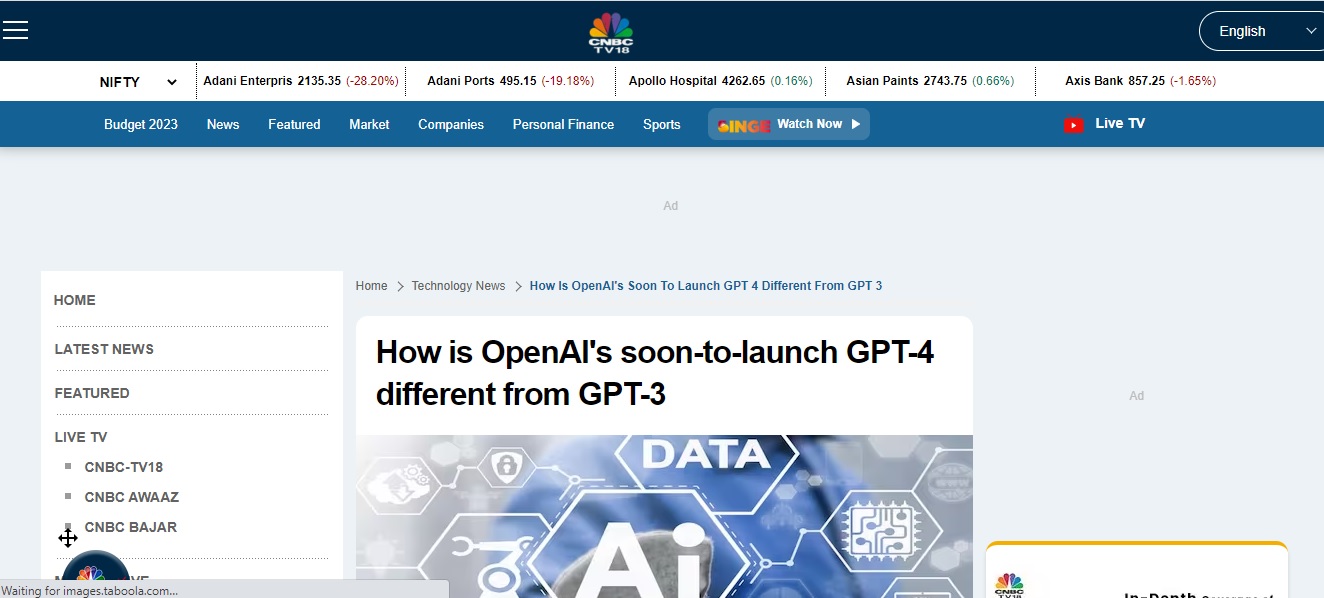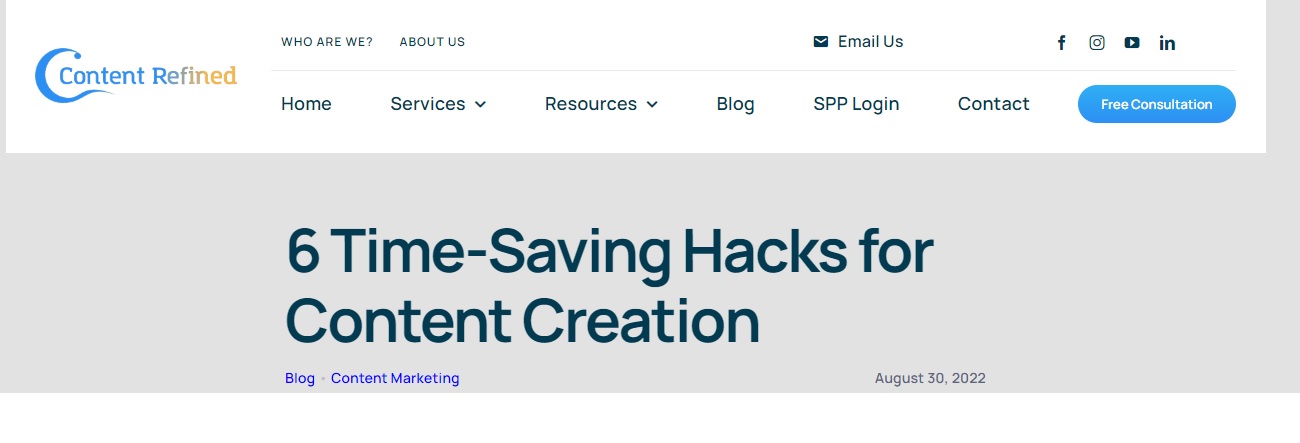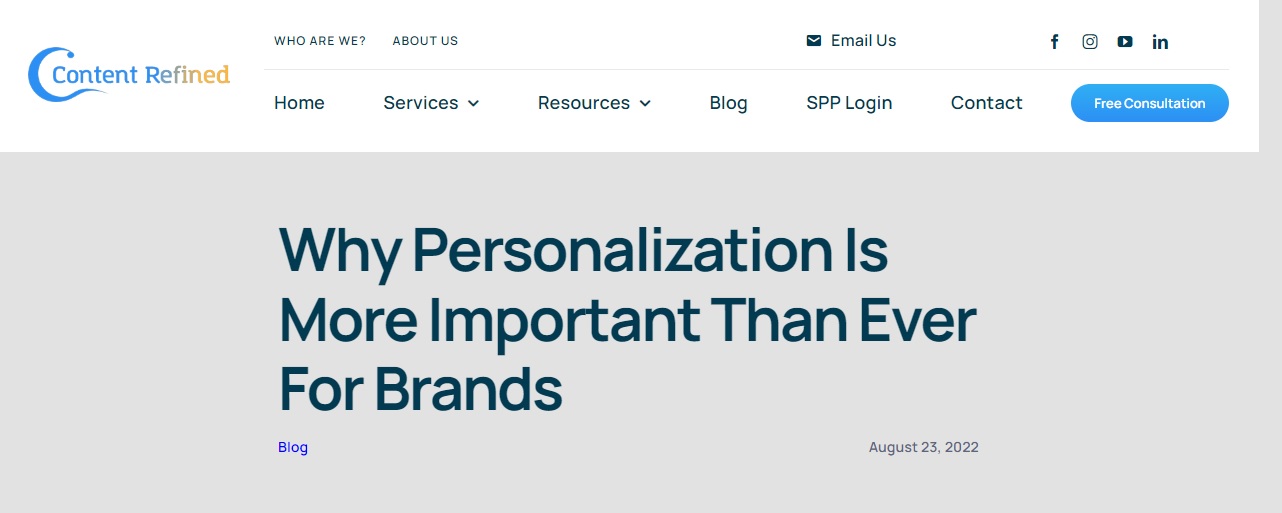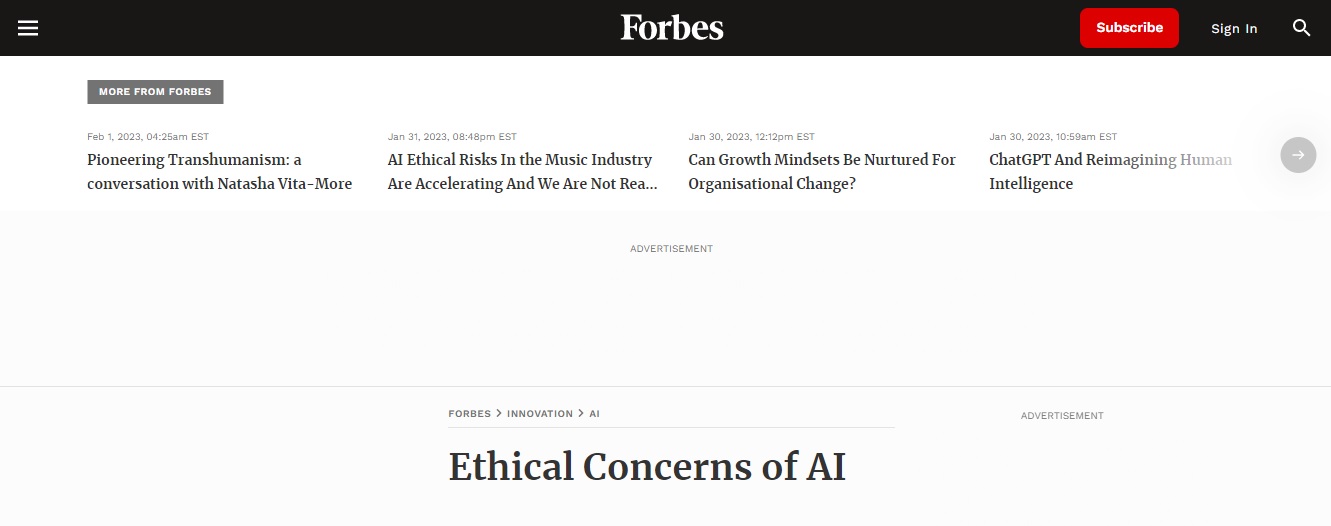AI tools have advanced significantly in recent years, giving companies ample opportunities to optimize marketing strategies and content in new ways. As language models continue to be enhanced, content creation and optimization can be adjusted to include them. This will enhance your overall content, your business’s ability to connect with new clientele, and your overall metrics.
GPT stands for “Generative Pre-Trained Transformer.” GPT chatbots have existed for a few years now, but GPT-3 especially has grown in prominence due to its easy accessibility and ease of use. Drawing from billions of training data sets and pieces of content from around the internet, this easy-to-use software has attracted the attention of millions of people. It can be used for and asked about virtually anything. This versatility makes it a powerfully attractive tool for content creation.
Understanding GPT-3 and GPT-4
GPT-3 and GPT-4 are the latest generations of language models that OpenAI has created, placing them in the upper echelon of artificial intelligence programs. They’ve been upgraded beyond what even the most advanced programs could do a few years ago. Like most other forms of technology, artificial intelligence is improving at exponential rates that are almost inconceivable.

To put things into perspective, OpenAI has claimed that GPT-4, its newest iteration of the language model, will have been trained with over 100 trillion parameters. These “parameters” refer to data points, images, content, and general information fed into these language processing models to help them “learn.” GPT-3 has only been trained on the still unfathomable 175 billion parameters. Since GPT-3 is a revolutionary software with its seeming ability to communicate, or at least emulate genuine communication, this begs the question: what will GPT-4 look like with over 100 times the parameters?

How Do GPT-3 and GPT-4 Work?
GPT-3 and GPT-4 are large language models that utilize existing content that is already available to generate their own imaginings. These language processing models, like other forms of AI programming, can examine pieces of images, sound, media, and text and absorb them from multiple sources to generate their own “unique” creations. When it does this billions and billions of times over, it can create just about anything that the human mind can imagine. The goal of any neural network like GPT-3 or GPT-4 is to develop a piece of technology that works like the human brain.
When you input text into GPT-3 or GPT-4, the result will be tailor-made to deliver what’s associated with those terms using both natural language generation and natural language processing. For example, you could ask the AI system a question with a factual answer like “What color is the sky on Earth?” and receive a response rooted in science. However, you could also ask the AI system a more philosophical question, like “Do you consider yourself a sentient life form?” The sources that the AI might draw from could include philosophers, science fiction novels and short stories, and lectures from scientists who have studied AI and consciousness.
These large language models can do a lot more than just answer questions. They can also create content automatically, including images, text, and other media. This has frightened many artists and freelancers who work in industries that rely on their talents. However, they seem to have nothing to fear as of yet, as most AI-generated text and imagery are somewhat easy to identify.
Impact on Content Creation

There are many ways that AI, like GPT-3 and GPT-4, can generate content for you and your business. You can enter a query for a stylized image similar to a Van Gogh painting you like and see what the AI machine can do for you. You can ask for an argumentative essay in support of your political viewpoint that references specific academic studies and watch in amazement as the essay is generated within minutes. The content that an AI model can create is available to just about anybody, and to see text generation within minutes is truly mesmerizing.
There are currently many examples of AI-generated content that you can find for yourself online. Many Twitter users have gone about having AI portraits done of themselves. These stylized images are fed prompts telling GPT-3 to make a portrait reminiscent of a particular art style, such as the films of Studio Ghibli. These images are then used as professional profile pictures. Students increasingly use AI-generated essays to circumvent having to do actual work, forcing schools to implement tools that can scan content for signs that an AI program generated it.
Another example of AI-generated content that is less well-known is the YouTube channel of Daxflame. A popular YouTuber, Daxflame has decided to hand over every professional decision he has to chat GPT-3. He asks the program what kind of content he should make, who he should talk to, and how to revitalize a fading career as a YouTube personality. He claims that this structure for his YouTube channel will continue throughout 2023, which would be quite an accomplishment.
Content Optimization

It’s no great secret that AI programs like GPT-3 and GPT-4 can churn out all kinds of content for you and your business. However, it’s also beneficial to just use it to optimize your existing content. As is, the idea of using AI programs to generate things that humans can already make might leave a bad taste in the mouths of your clients and customers. Plus, it’s been well-documented that, at this point, the best AI-generated work is nowhere near what a human professional can do. This makes AI programs like GPT-3 and GPT-4 much more useful for straight-up content optimization. In a sense, they can take on the role of a content marketing manager and help your business out that way.
GPT-3 and GPT-4 are especially useful for the more numbers-based sides of your business. They can analyze your key metrics and give you suggestions on how to better tailor your content to what your business needs. For example, if GPT-3 is fed your engagement rates and sees that they’re quite low, but your bounce rates are also low, then that could signify that the content on your site is quite good. However, GPT-3 might suggest that you focus more on producing eye-catching social media posts or organizing real-life community events to bring more people to your website. This is just one example of the kinds of ways that AI programs like GPT-3 and GPT-4 can better assist you with content optimization.
How GPT-3 and GPT–4 Can Help With Personalization

GPT-3 and GPT-4 can also help with personalization. These programs use a wide range of training data sets to make suggestions and answer your queries. If you are thinking up ways to better connect with your clientele and other businesses, then these language models can help. They can do so by examining online data on how well companies in your niche perform when they focus on personalization.
They might also view any available studies that analyze the effects of personalization and summarize the results for you. In other words, GPT-3 and GPT-4 can work for hundreds of human professionals in seconds. You can enter a question and have a detailed and well-researched answer within minutes.
The big thing with personalization that’s tough to nail down is knowing what your customers will respond to. There isn’t much in your wheelhouse that will give you insight into how Bill from Wisconsin might react to your cold email about checking your services out or asking Bill how his recent purchase went and if he might be willing to look at a survey. However, GPT-3 and GPT-4 have demonstrated an ability to analyze past interactions that customers have had online to better interact with them on an individual level. These tools can give you enormous ammunition when interacting with your clients.

Limitations and Considerations
There are several limitations to consider when you start utilizing GPT-3 and GPT-4. A significant limitation is that AI is supremely fallible at this point in time. It might contradict itself when giving you grammatical suggestions or structuring tips. It might not fully understand the niche your business is in and your target audience. The text-based content generated might be filled with repetitive phrases or outdated information that it included in its response to you because it considered said info to be more relevant to your particular case.
As any programmer will tell you, technology is only as smart as the people who use it – if you mess with AI programs, neural networks, and advanced language models, you can’t expect them to do all your work for you. They will get things wrong sometimes, and you will need a dedicated team to review the produced work to ensure that it’s A) correct and B) good.
Ethical Concerns

Using AI programs also comes with quite a few ethical concerns as well. Not only are you cutting real human beings out of the chance to nail down some work, but you’re also utilizing programs that have “learned” based on the artwork of real people. Because most work published online can be freely viewed by anybody, even copyrighted works of art such as books, paintings, and movies can be viewed by language models like GPT-4. The problem is that, even though this work was consumed and then integrated into an advanced neural network that can freely reference and utilize said work to help its users, the original creators of those works were never compensated. This is just one of the many concerns you can read about and should keep in mind when considering using these technologies.
Should You Use GPT-3 and GPT-4?
GPT-3 has proven to be an incredibly useful technology that boggles the mind with its stunning efficiency. If GPT-4 is as good as its creators claim, then we can only expect something even more mind-boggling and incredible to emerge due to its existence. These tools can generate all kinds of content within minutes. They get better at giving you what you want over time. They can provide key insights into your business metrics and tell you everything you’d like to know about them.
AI in content creation is at a strange place in time right now. They can do seemingly anything and do it pretty well. Still, many businesses are waiting a few years until these content-generating wonder tools are inarguably better and more cost-efficient than their human counterparts. It’s just about impossible to say what the future holds for businesses everywhere in terms of utilizing tools like GPT-3 and GPT-4, but we’re pretty sure that we’ll be hearing a lot more about them in the near future.
FAQ
What are GPT-3 and GPT-4?
GPT-3 and GPT-4 are revolutionary new language models that enable businesses to generate, curate, and optimize their content. Learn more about GPT-3 and GPT-4 on our website.
How do GPT-3 and GPT-4 work?
GPT-3 and GPT-4 draw on a wide range of existing datasets and communications with people to learn and better tune their results when asked queries.
How can GPT-3 and GPT-4 assist in content generation?
GPT-3 and GPT-4 can assist in content generation in a myriad of ways. They can come up with art pieces to describe a style you might be looking for for an artist. They can summarize a research study, film, or news story for you so that you can grasp the bigger picture without having to read it. They can also look at key metrics of your content and inform you on what’s working and doesn’t need fixing, and vice versa.
What are the limitations and ethical considerations of GPT-3 and GPT-4?
While you can use GPT-3 and GPT-4 just to write up articles and generate content for you, this comes with both ethical and professional concerns. Firstly, the work just isn’t that good – it’s pretty easy at this point to identify AI art or content when compared to the kind made by a human. The ethical concerns are that human artists and writers have put in thousands of hours’ worth of work to develop their professional careers, and we shouldn’t throw away their business lightly.


